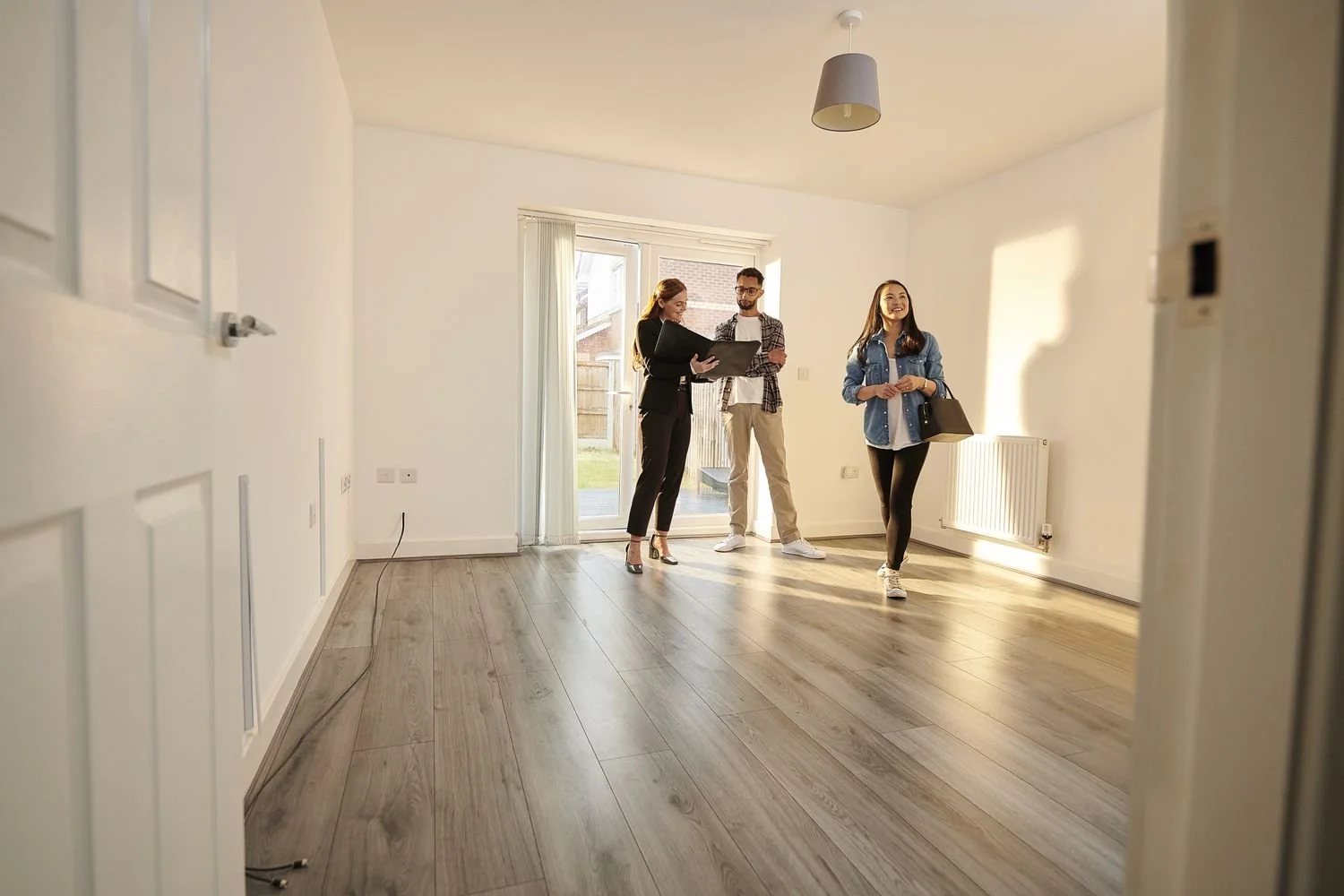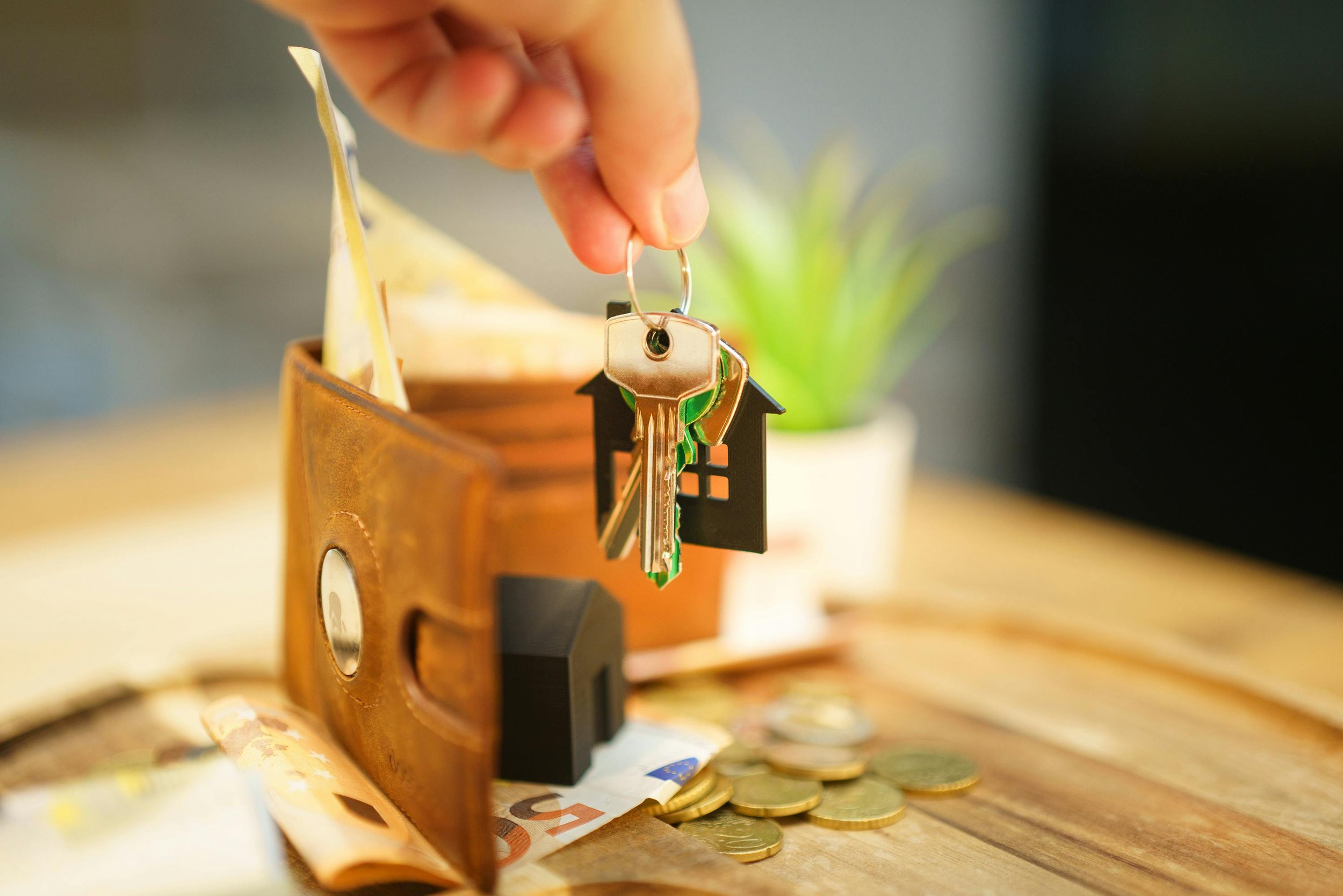Everything You Need to Know About Leasing a Residential Property
Learn the essentials of leasing a residential property—from lease types and tenant rights to tips for a smooth and successful rental experience.
Leasing a residential property can be an excellent choice for individuals who value flexibility, lower upfront costs, and fewer maintenance responsibilities. Whether you’re a first-time renter or someone relocating for work, understanding the vital parts of residential leasing is crucial for a smooth experience. From deciphering lease agreements and understanding tenant rights to evaluating properties and dealing with landlords, the leasing process involves several important steps. Being well-informed helps avoid common pitfalls and ensures you make decisions that align with your personal and financial goals. This guide breaks down the key components of leasing a residential property so you can confidently navigate the rental market and enjoy your new living space with peace of mind.
Understanding the Basics of Residential Leasing
Leasing a residential property means entering into a legal agreement to use and occupy a dwelling, such as an apartment, condo, or house, for a set period, typically ranging from six months to a year or more. Unlike buying a home, leasing does not provide ownership but grants the right to live in the property under specific conditions outlined in a lease agreement. This document usually includes terms like rent amount, payment due dates, security deposits, maintenance responsibilities, and lease duration. It’s important to understand that the landlord and tenant have legal obligations; the landlord must provide a habitable environment, while the tenant must pay rent on time and maintain the property. Reading the lease carefully before signing is the first step toward a responsible rental experience.
How to Choose the Right Property to Lease
Choosing the right property to lease is about matching your lifestyle needs and financial situation. Begin by assessing your monthly budget and listing your must-haves, like proximity to work, access to public transport, or space for a home office. When researching rental options, you’ll find a range of Gympie homes available for lease, offering different layouts and locations to suit various preferences. Take the time to visit properties in person, ask questions about utilities and maintenance, and evaluate the neighborhood. A thoughtful approach will help ensure you select a rental that feels comfortable and suits your everyday life.
Understanding Your Lease Agreement
The lease agreement is the cornerstone of your rental relationship, and it’s important to understand every clause before committing. Standard components of a lease include the duration of the lease, monthly rent, security deposit amount, penalties for late payments, renewal terms, and policies on subletting, guests, and property modifications. Some leases are fixed-term, meaning you’re committed for a set time, while others are month-to-month and offer more flexibility. Pay attention to clauses about utilities, as some rentals include them in the rent, while others require you to pay separately. Don’t hesitate to negotiate terms or request clarification; once signed, the lease becomes a binding contract, and breaking it without proper notice or cause could result in legal and financial consequences.
Tenant Rights and Responsibilities
Knowing your rights and responsibilities as a tenant helps foster a respectful and lawful relationship with your landlord. You have the right to a habitable space. This includes functioning plumbing, heating, and electrical systems, as well as protection from infestations or hazardous conditions. Tenants have the right to privacy, meaning landlords must give proper notice before entering the property unless it’s an emergency. Tenants are expected to pay rent on time, keep the property reasonably clean, and report maintenance issues promptly. Violations of the lease, like unauthorized subletting, property damage, or illegal activity, can lead to eviction. Familiarizing yourself with local tenant laws provides added protection and ensures you know when and how to take action if problems arise.
Dealing With Landlords and Property Managers
A healthy landlord-tenant relationship is built on clear communication and mutual respect. Whether you're dealing with an individual landlord or a property management company, it’s important to keep communication professional and documented. Email is a good method for maintenance requests or resolving disputes, as it creates a paper trail. If a landlord is slow to respond to issues, know your rights and the required timelines for repairs in your area. During your lease, you may have scheduled inspections or maintenance visits, and your cooperation will help maintain goodwill. When moving out, proper notice, cleaning, and documenting the property’s condition with photos can help ensure you receive your full security deposit back without unnecessary deductions.
Leasing a residential property is more than just paying rent and signing a contract. It’s about making informed decisions that support your financial health and personal lifestyle. By understanding the vitals of lease agreements, tenant rights, and how to maintain a good relationship with your landlord, you can approach the rental process with confidence. With a bit of research and preparation, leasing can be a rewarding and low-risk way to enjoy a place to call home.















